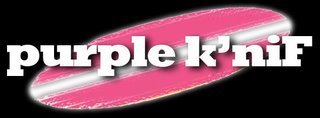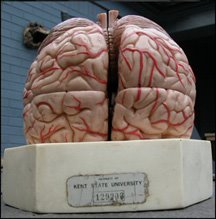NB - my friend and mentor, Robert Kidney is...ah, i'll just let SS tell it:

cb & BK
New Yorkers, please take note that fabled Ohio rock godhead Robert Kidney, of 15-60-75/Numbers Band fame, will be making an extremely rare local appearance on Thursday, January 25 (that's tomorrow) at 11:00 at the Bowery Poetry Club, 308 Bowery at Bleecker (across from the former CBGB). He'll be accompanied by a rhythm section worthy of his legend, namely Tony Maimone on bass and Anton Fier on drums. Screw the weather—this is a significant event. It's also kind of a last-minute booking, so please pass this announcement on to anyone who needs to know. band link:
http://www.numbersband.com/..and MB writes in praise of BK:
The runic and twisted-inside pilot, propeller, and engine of Ohio’s legendary Numbers Band, Bob Kidney, a maven and maverick, is not an easy man to warm up to. His version of the blues is not Texan, cotton field, or Windied City; it is private, introverted, and existential. His readings of rock, let’s say rock from 1957-1965, are as equally tormented and as willfully obtuse as are his vocals and arrangements: stabbing strategies always slanted and enchanted. The guiding internal bifurcating dichotomy—as with other hunger artists—is between the public performer’s desire to quench a barroom of the distaff and yearning and the performer’s own private journey to critically examine his private world, the postage stamp-sized Kent, Ohio. But in this world, he and his various cohorts have challenged our various safe aesthetics of sameness and comfort. His many variations upon the themes of the blues and the individual have become part and parcel of that bitter-left-for-dead environ: Bob Kidney is us, them, and you, just meaner and more talented.
His principle greatness lies with his ability to lead: his bands are tight, pertinent, and savagely pellucid: there are no wasted beats, no free form jamming, no accidental improvising. As with other great bandleaders—Basie, Brown (James), and Beefheart—The Numbers band do not scale dizzy heights or plumb anguished depths. They are steady and surefooted, like Sisyphus. On stage and on record the Numbers Band do not rock or roll, they throb and glisten, like an open wound. Humor, chitchat, and asides are not weapons in their arsenals; they strip things down, make us remember that essentials are what’s left after our second spouses say, enough is enough, I want to see Paris. Fuck France, Kidney says—this is the world that we all share, a world of itinerants, shady conmen, and trapped wives, a world of evanescent logic and transitory beauty. The Numbers Band are at their fiercest and most uncompromising when they settle back, mid way though their second sets, and just blow, not so much as pals, but as competitors, ill at ease and stingy in their admiration.
This economy is of course reflected in Kidney’s own temperament. He likes paintings of monochrome; his poems are dreamy fragments collected in the snowy season. In that Kidney rejects almost everything conventional—he prefers the dark, ineffable, and self-lacerating over their easy antiphonies—he also rejects performance as an act of engagement or dialogue. Kidney’s great contribution to American culture—as with Mae West, Spike Jones, or Sam Fuller—is his omnipresent middle finger. No matter how many dancers are five feet in front yearning for steadied rhythms and pleasant memories from their car radios Kidney is ever ready to dash those Platonic desires with one guitar solo so Torquemada-ish, one glance so piercing, one breathless, transitionless leap into a dissonant, sideways look at JB Lenoir, that not only do the dancers stop, shift, and start anew, but they do it with the full knowledge of their hopes for happiness being vanquished at the next junction of bittersweet memoirs. Kidney was not put here to placate or pacify; his job is to stand above us, stern, unyielding, and sing about our confusion and limits. Bob Kidney is no hero. Bob Kidney is no philosopher. He is, however, our salvation: he has written the songs that will be sung at our funerals and wakes.
-30-
























